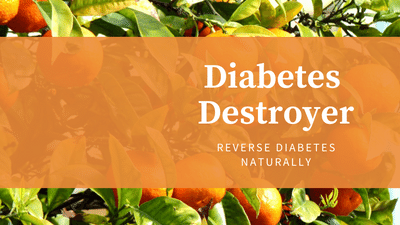The more time you spend sitting, the shorter and less healthy your life may be. Excessive sitting, such as at a desk or in front of the TV, significantly raises your risk for heart attack, type 2 diabetes, insomnia, arthritis, and certain types of cancer—and that’s just the tip of the iceberg. Sitting for extended periods of time increases your risk for premature death. This is especially concerning given the fact that you may be vulnerable to these risks even if you are a fit athlete who exercises regularly.
Science now shows us that temporary vigorous exercise cannot compensate for the damage incurred by prolonged daily sitting.
1 in every 5 deaths due to cancer can be linked to prolonged sitting.
Sitting: Your Brain’s Mortal Enemy
Not only is excessive sitting detrimental to your physical health, but studies show it does nothing good for your mental health either. Just like the rest of your body, your brain depends on strong blood flow, good oxygenation, and optimal glucose metabolism to work properly.
Women who sat for more than seven hours a day were found to have a 47 percent higher risk of depression than women who sat for four hours or less per day.
Women who didn’t participate in ANY physical activity had a 99 percent higher risk of developing depression than women who exercised. That’s right. TWICE the risk.
Sitting in Front of a Computer Is Bad for Your Child, Too!
It’s already well established that insufficient physical activity is significantly contributing to our childhood obesity epidemic. But if your child spends a lot of time in front of an electronic screen, his or her mental health may also be at risk. In one UK study, excessive screen time produced negative effects on children’s self-worth, self-esteem and level of self-reported happiness.
Defy Gravity with Intermittent Movement
Anti-gravity environments speed up cellular deterioration, so the key is standing up and moving about. A reasonable goal is to get up every 15 minutes whenever you are engaged in prolonged seated activities.
Quick and Easy Workplace Workouts
The easiest strategy is to merely stand up, and then sit back down. But evidence suggests you’d be wise to go a little further—especially if you only exercise a few times a week or not at all. There are plenty of ways to increase your movement at work.
Technique #1: Standing Neck-Stretch: Hold for 20 seconds on each side.
Technique #2: Shoulder Blade Squeeze: Round your shoulders, then pull them back and pull down. Repeat for 20-30 seconds.
Technique #3: Standing Hip Stretch: Holding on to your desk, cross your left leg over your right thigh and “sit down” by bending your right leg. Repeat on the other side.
Technique #4: The Windmill: Stand with feet shoulder-width apart, then pivot your feet to the right. Push your hip out to the left. Raising your left arm skyward, and your right arm toward the floor, lower your body toward the floor while looking up, and then raise your torso back to standing position. Repeat on the other side.
Technique #5: Side Lunge: Starting with your feet together, take a medium step sideways, and bend down as if you’re about to sit. Use your arms for balance by reaching out in front of you. Return to starting position, and repeat 10-20 times. Repeat on the other side.
Technique #6: Desk Push-Up: Place hands a little wider than shoulder-width apart on your desk. Come up on your toes to make it easier to tip forward. Do 10 repetitions.
Technique #7: Squat to Chair: With your feet shoulder-width apart, sit down, reaching forward with your hands, and stand back up in quick succession. Do 15-20 repetitions.
Technique #8: Single Leg Dead Lift: Place your right hand on your desk, and place your weight on your right leg. Fold your torso forward, while simultaneously lifting your left leg backward. Do 10 repetitions on each side.
Technique #9: Mountain Climber: Get into a push-up position on the floor. Pull your right knee forward to touch your right wrist or arm, then return to push-up position. Repeat on the other side. Try to pick up the pace, and do 20 quick repetitions.
The more frequently you get out of your seat, the better, because the frequency is the most important aspect. The minimum number of times you need to interrupt your sitting in order to counteract its heart health risks is 35 times per day.
Keep moving, Stay Healthy!
